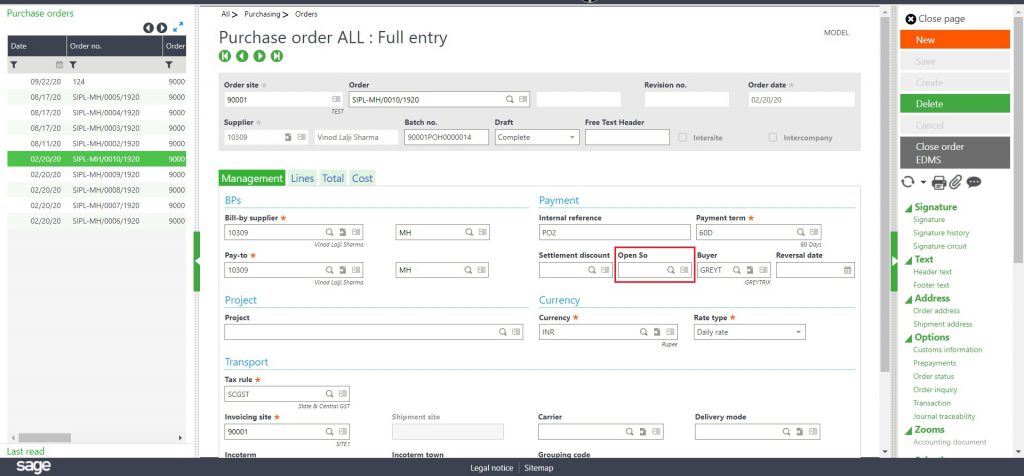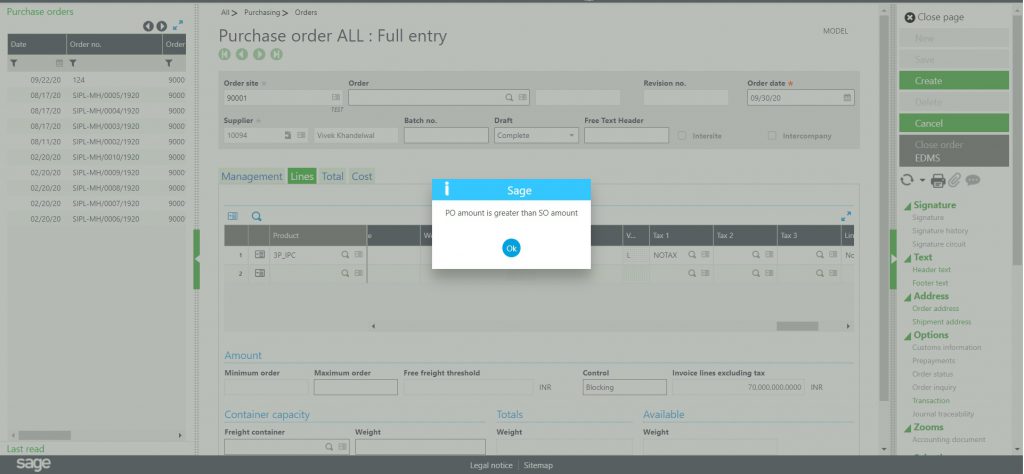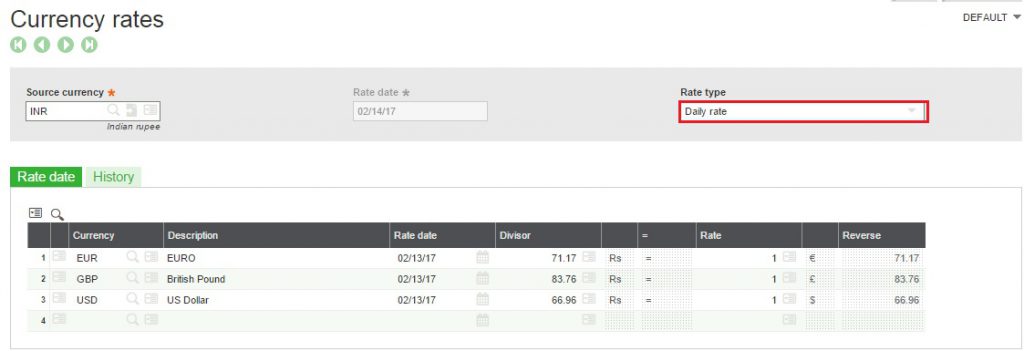
When you’re looking for the perfect hosting solution for your business, you’ll certainly encounter multiple mentions of public cloud hosting — after all, it’s the most widespread way of keeping your data in the cloud. But what exactly is public cloud hosting and how does it work?
It’s important to separate public cloud hosting and shared hosting, which is another widely available hosting option.
Shared hosting divides a single physical server among a few clients, who share everything, from CPU to bandwidth, and are thus susceptible to what’s called the noisy neighbor problem (large customers using more than their equal share).
Public cloud hosting is able to avoid the noisy neighbor issue by taking up small bits of space in a whole network of physical servers. But its advantages extend much further than that.

What are the Top Benefits of Public Cloud Hosting?
Besides storing data in a few servers at once, public cloud hosting boasts these five benefits:
Scalability
You can expand your public cloud hosting needs in no time with scaling on-demand.
Affordability
When you’re using a public cloud, most hosting providers will only charge you for the resources actually used.
Reliability
Since you’re utilizing a whole network of servers, your chances of experiencing any downtime are close to zero.
Capacity
With public cloud hosting, you have the opportunity to use as much processing power as you need.
Security
Secure infrastructure with a multi-layer security architecture.
What are Public Cloud Use Cases?
Given all these advantages, what kind of companies might benefit from using public cloud hosting the most? Here are some common public cloud use cases:
Websites With Unpredictable Traffic
As public clouds are able to adapt to customer’s needs at any given moment, they are the perfect choice for websites with frequent spikes in traffic, whether those spikes are due to the seasonal nature of the business, promotions, digital advertising, media coverage or something else.
Using a public cloud, such websites can significantly cut their costs during slow periods, and match any unprecedented increase in visitors at the same time.
Fast-Growing Startups
When your app is on the path of exponential growth, accurately planning out all the required server resources and committing to them might seem counter-productive.
Instead, your company could take full advantage of having the distributed server scalability readily available, and focus all the efforts on their top-line growth.
Small eCommerce Portals
Most small companies start with shared hosting, as it’s usually the cheapest plan available out there. But since it’s quite easy to max out your bandwidth once your website gets a steady flow of visitors, you need a robust plan B in place — there’s nothing that can destroy your brand perception faster than extended downtime.
A public cloud can provide all the necessary reliability to small-scale clients, while also presenting a much more affordable solution than getting a completely private dedicated server.
Non-Technical Teams
There are dozens of critical decisions that need to be made when you’re planning the server infrastructure for your company, such as CPU, storage, RAM, bandwidth, and backups. If your business is non-technical in nature and you don’t have an engineer on staff to lead the process, the best course of action is to pick the most optimal solution available that can serve you for a long time with minimal changes. In other words, a cloud solution that can grow along with your company.
A public cloud is the ultimate set-it-and-forget-it hosting option that gives you peace of mind without requiring lots of technical decisions to be made upfront. What’s more, any public cloud setup could be easily adjusted later on.
What are the Disadvantages of Public Cloud Hosting?
With all these good things to be said about public cloud hosting, you might wonder why every company doesn’t choose to use it? In other words, what are the disadvantages of using a public cloud?
HIPAA Compliance
The number-one reason organizations select other hosting options is compliance. Naturally, public clouds are secure. But for some companies, especially those that are regulated by HIPAA or other security measures, having data spread out on public cloud servers that contain instances from other customers might simply not be acceptable.
Control
Additionally, while a public cloud can provide a near unlimited amount of resources, a properly configured dedicated server can still beat the cloud in performance, due to your absolute control over how it integrates into your business.
Less Customization
Similarly, private dedicated servers often give you more options for customization, and can better service your unique software needs, since most public clouds are running on fairly standard setups.
Find The Right Cloud Hosting For You
In the end, think of a public cloud as merely an optional step in your hosting progression — it’s hard to beat when your company is small and traffic is quite erratic (or you don’t require extra security). On the other hand, once your growth becomes more steady, you can think about other custom solutions that are built exactly to your specifications.
Not sure where to start? Let us help you. Liquid Web has been assisting companies of all sizes in finding their ideal hosting solutions for over 20 years. Our technicians would be happy to walk you through the best server options for your situation right now.
The post Why Use Public Cloud Hosting? appeared first on Liquid Web.







![[Type: Monthly Rate]](https://www.greytrix.com/blogs/sagex3/wp-content/uploads/2020/09/Monthly-Rate-1024x309.jpg)
 integrations include
integrations include 
![[Sales Invoice screen]](https://www.greytrix.com/blogs/sagex3/wp-content/uploads/2020/09/Sales-Invoice-final1-1024x627.png)
![[Screen dictionary for SIH1]](https://www.greytrix.com/blogs/sagex3/wp-content/uploads/2020/09/Sales-Invoice-final2-1024x396.png)
![[Sales Invoice screen after modification]](https://www.greytrix.com/blogs/sagex3/wp-content/uploads/2020/09/Sales-Invoice-final3-1024x588.png)












